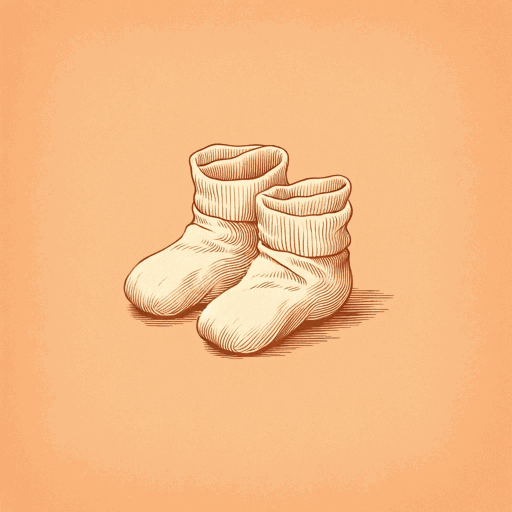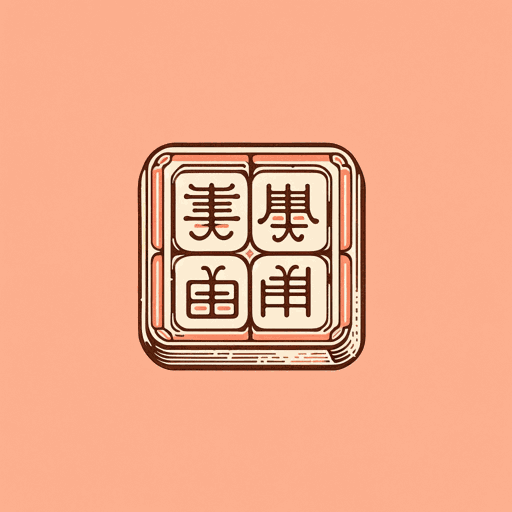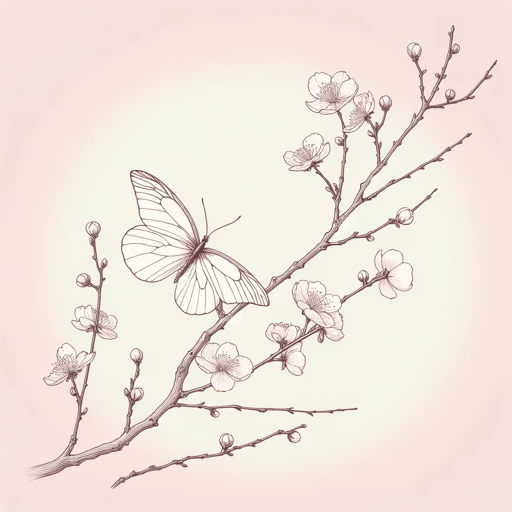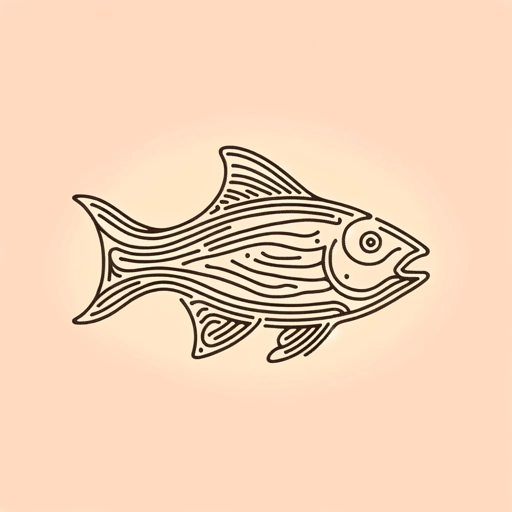23 pages • 46 minutes read
Amy TanFish Cheeks
Fiction | Short Story | Adult | Published in 1986A modern alternative to SparkNotes and CliffsNotes, SuperSummary offers high-quality Study Guides with detailed chapter summaries and analysis of major themes, characters, and more.
Summary and Study Guide
Summary: “Fish Cheeks”
First published in 1987, Amy Tan’s short essay “Fish Cheeks” explores the author’s personal experience with cultural differences during her family’s Christmas Eve dinner, when her Chinese family invites American friends, including a boy Tan has a crush on, over for a traditional Chinese meal. The essay initially appeared in Seventeen, a magazine aimed at teenage girls, and was later collected in a book of essays titled The Opposite of Fate: A Book of Musings in 2001. Though only one page, “Fish Cheeks” examines important themes such as The Celebration of Difference, Shame About One’s Cultural Heritage, and Generational Differences and the Desire to Assimilate.
The essay opens when Tan, the narrator, is 14 years old. Her crush, Robert, is a minister’s son and very different from Tan: “not Chinese, but as white as Mary in the manger” (Paragraph 1). Tan desires not only reciprocation of her feelings but a more “American” appearance herself, starting with a different nose.
Tan discovers that her family has invited Robert and his family over for Christmas Eve dinner. Tan wonders how Robert’s family will react to their Chinese Christmas traditions and her relatives, whom she describes as “noisy” (Paragraph 2). She predicts that Robert and his family will miss traditional American Christmas foods and customs.
As Tan watches her mother prepare the coming dinner, she notes that her mother has chosen particularly “strange” foods, including prawns, tofu, and mushrooms that Tan describes as “fungus” (Paragraph 3). Soon after, the dinner guests arrive, including Robert and his family. Tan feels embarrassed by Robert’s presence; he is nonchalant and distant, hardly saying hello to her.
Tan relates the dinner, paying close attention to the reaction of Robert’s family. While Tan’s relatives “reach across the table” (Paragraph 5) and share happily in the food, Robert’s family is awkward, appearing not to understand how to participate in the meal. When Tan’s mother brings out a steamed fish, Robert “grimace[s]” (Paragraph 5). Her father pulls out the “soft meat” (Paragraph 5) of the fish’s cheek and gives it to Tan, reminding her that it’s her favorite. This only stiffens Tan’s embarrassment.
Her mortification worsens as the meal concludes and Tan’s father burps, explaining to Robert’s family that this signifies respect, a compliment to the maker of the meal. Robert’s father attempts to burp as well but can only “muster” (Paragraph 6) a small one. Tan does not speak for the remainder of the dinner.
The climax of the essay takes place once Robert’s family and Tan’s relatives have left. While presenting Tan with “a miniskirt in beige tweed” (Paragraph 7) as an early Christmas gift, Tan’s mother divulges to her daughter that she has noticed how Tan “wants to be the same as American girls on the outside” (Paragraph 7). Tan’s mother also offers her daughter some advice, saying that Tan should not sacrifice herself or her cultural identity to fit in with the popular culture. She impresses upon Tan the importance of remaining Chinese “on the inside” (Paragraph 7) and posits that her shame is a self-fulfilling prophecy: “The only shame is shame itself” (Paragraph 7).
In the final paragraph, Tan repositions herself as older, revealing that she didn’t understand the importance of this day and her mother’s lesson until much later in life. Tan also realizes that the food she was so embarrassed of, that brought her so much shame and suffering throughout the meal, was a selection of her favorite foods.
Related Titles
By Amy Tan

A Pair of Tickets
Amy Tan

Mother Tongue
Amy Tan

Rules of the Game
Amy Tan

Saving Fish from Drowning
Amy Tan

The Bonesetter's Daughter
Amy Tan

The Hundred Secret Senses
Amy Tan

The Joy Luck Club
Amy Tan

The Kitchen God's Wife
Amy Tan

The Valley of Amazement
Amy Tan

Two Kinds
Amy Tan

